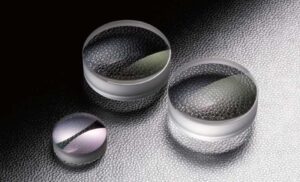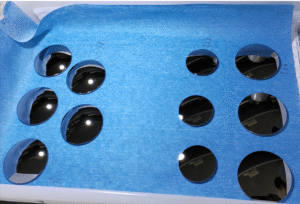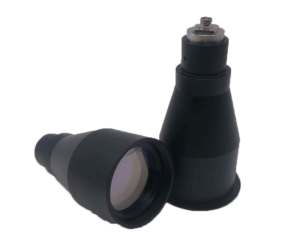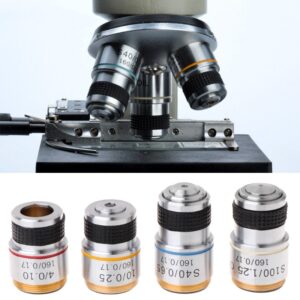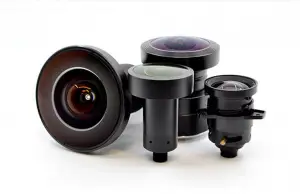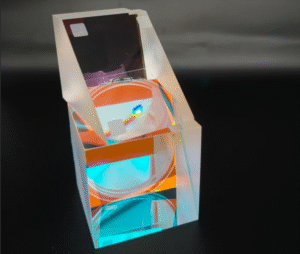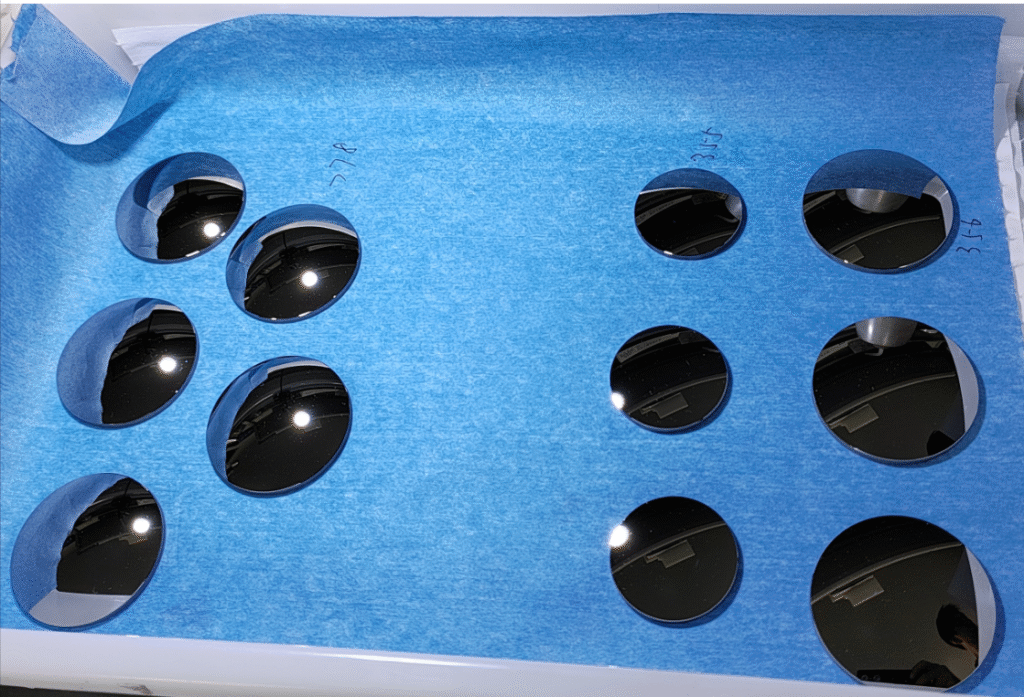Introduction
In the field of precision optics, aspheric lenses are essential for reducing aberrations and improving imaging performance. Unlike traditional spherical lenses, aspheric designs have surfaces that are not part of a simple sphere, allowing them to deliver sharper focus, lighter weight, and more compact optical systems.
At Bote, we specialize in custom aspheric lenses for applications in imaging, laser systems, medical devices, and optical instruments. This article provides a comprehensive guide to aspheric lenses: their meaning, design, advantages, disadvantages, and cost considerations.

Aspheric Meaning: What Is an Aspherical Lens?
- Aspheric meaning: “not spherical.”
- What is an aspherical lens? An aspherical lens has a curved surface profile that deviates from a perfect sphere.
- This non-spherical shape allows the lens to correct spherical aberration, which is a common issue in traditional lenses where light rays fail to converge at the same focal point.
Aspheric Lens Design
Designing an aspheric lens involves complex surface equations. The curve is optimized to minimize aberrations such as:
- Spherical aberration
- Coma
- Astigmatism
By carefully engineering the lens profile, fewer elements are needed in an optical system. This leads to smaller, lighter, and higher-performing optics.
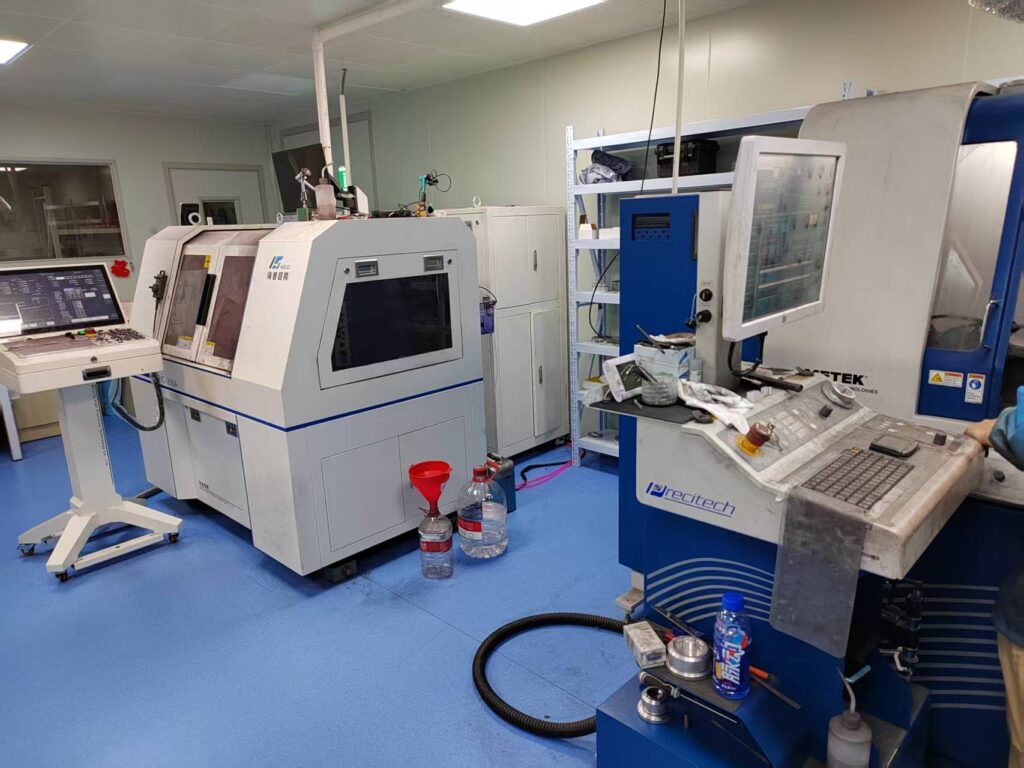
Aspheric Lenses Advantages and Disadvantages
| Aspect | Advantages | Disadvantages |
|---|---|---|
| Optical Performance | Corrects spherical aberration, delivers sharper images | More complex to design |
| Size & Weight | Reduces number of lens elements, making systems lighter | Can be more fragile |
| Applications | Widely used in cameras, microscopes, VR optics, and medical devices | Higher manufacturing cost |
👉 In many industries, the benefits of aspheric lenses far outweigh the disadvantages, especially when compactness and high resolution are required.
Double Aspheric Lenses
- Definition: A double aspheric lens has both surfaces shaped aspherically.
- Benefits:
- Further reduces aberrations.
- Increases efficiency in high-precision imaging.
- Allows for compact optical assemblies.
- Are double aspheric lenses worth it?
Yes, in high-performance applications such as medical imaging, aerospace optics, or VR headsets, double aspheres can justify their higher cost by offering unmatched optical quality.
Diffraction Limited Asphere
A diffraction limited asphere is designed so precisely that its performance is limited only by the physical property of light diffraction, not by lens imperfections. These lenses are critical in laser systems, photolithography, and research-grade microscopes.Aspheric collimating lens: Minimizes spherical aberrations, ensuring higher precision. Coating Machine
Coating Machine
Aspheric Lenses vs Other Lens Types
1. Aspheric Lenses vs Double Aspheric Lenses
- Single Asphere: One aspheric surface, reduced cost.
- Double Asphere: Both surfaces aspheric, superior correction but more expensive.
2. Aspheric Lenses vs High Index Lenses
- High Index Lenses: Thinner design due to higher refractive index.
- Aspheric Lenses: Reduce distortion and aberrations.
👉 Many premium optical systems combine both technologies.
3. Aspheric Lenses vs Pancake Lenses
- Pancake Lenses: Used in compact VR/AR systems.
- Aspheric Lenses: Broader applications with stronger aberration control.
👉 Both serve the compact optics market but with different engineering approaches.
Aspherical Lens Photos & Visualization
Including aspherical lens photos and microscope diagrams on your website can help illustrate differences between spherical and aspherical surfaces. These visuals improve user understanding and boost SEO performance through image search.
(Here you could insert diagrams comparing spherical vs aspherical light paths, and real product photos from Bote’s aspheric lens portfolio).Astronomy: Telescope mirror alignment.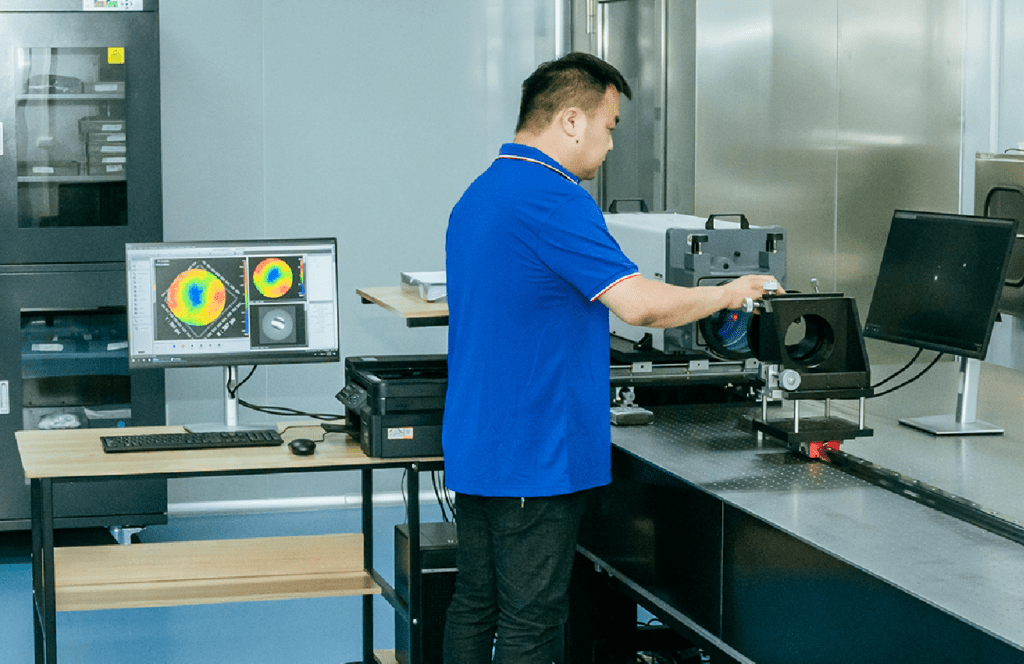 Inspection by Interferometer ZYGO
Inspection by Interferometer ZYGO
Aspheric Lenses Price
The cost of aspheric lenses depends on:
- Material (glass, plastic, IR crystals like germanium or zinc selenide)
- Surface accuracy (tolerance, wavefront error)
- Production method (molded, diamond-turned, or polished)
- Quantity (prototypes vs volume production)
| Type | Typical Price Range |
|---|---|
| Plastic molded aspheric lens | $5 – $50 |
| Glass aspheric lens (small size) | $50 – $300 |
| Precision IR aspheric lens | $300 – $1000+ |
| Custom diffraction-limited asphere (Bote) | On request |
👉 At Bote, we offer customized pricing based on your specifications and application.
Applications of Aspheric Lenses
- Cameras & photography: Better image clarity with fewer distortions.
- Medical imaging: Endoscopes, ophthalmic lenses.
- Laser systems: Beam shaping and focusing.
- Consumer electronics: VR/AR headsets, projectors.
- Industrial optics: Sensors, microscopes, and metrology.
FAQ: Aspheric Lenses
Q1: Are aspheric lenses better?
Yes, they offer sharper imaging and reduced aberrations compared to traditional spherical lenses.
Q2: What is the function of an aspherical lens?
To correct optical aberrations, reduce distortion, and minimize the number of elements in a system.
Q3: Are double aspheric lenses worth it?
They are worth it in high-performance applications where maximum image quality is required.
Q4: Aspheric lenses vs high index – which is better?
High index reduces thickness, while aspheric improves clarity. The best systems often combine both.
Q5: How much do aspheric lenses cost?
From a few dollars (plastic molded) to several hundred dollars (precision glass or IR aspheres).
Conclusion
Aspheric lenses represent a major advancement in optical engineering. By correcting aberrations, reducing size, and enabling high-performance imaging, they are used across industries from consumer electronics to aerospace.
At Bote, we provide custom aspheric lens design and manufacturing, tailored to your wavelength, material, and performance requirements. Whether you need single aspheric, double aspheric, or diffraction-limited designs, our team can deliver solutions to meet your needs.
Related Reads:
- What Is Interferometry?
- High-Precision IR Filters | Custom Infrared Bandpass Filters for Optical Systems
- Spherical vs Aspherical: Optical Design Tips
Boost your optics performance with custom aspheric lenses—engineered for precision, designed for excellence.

